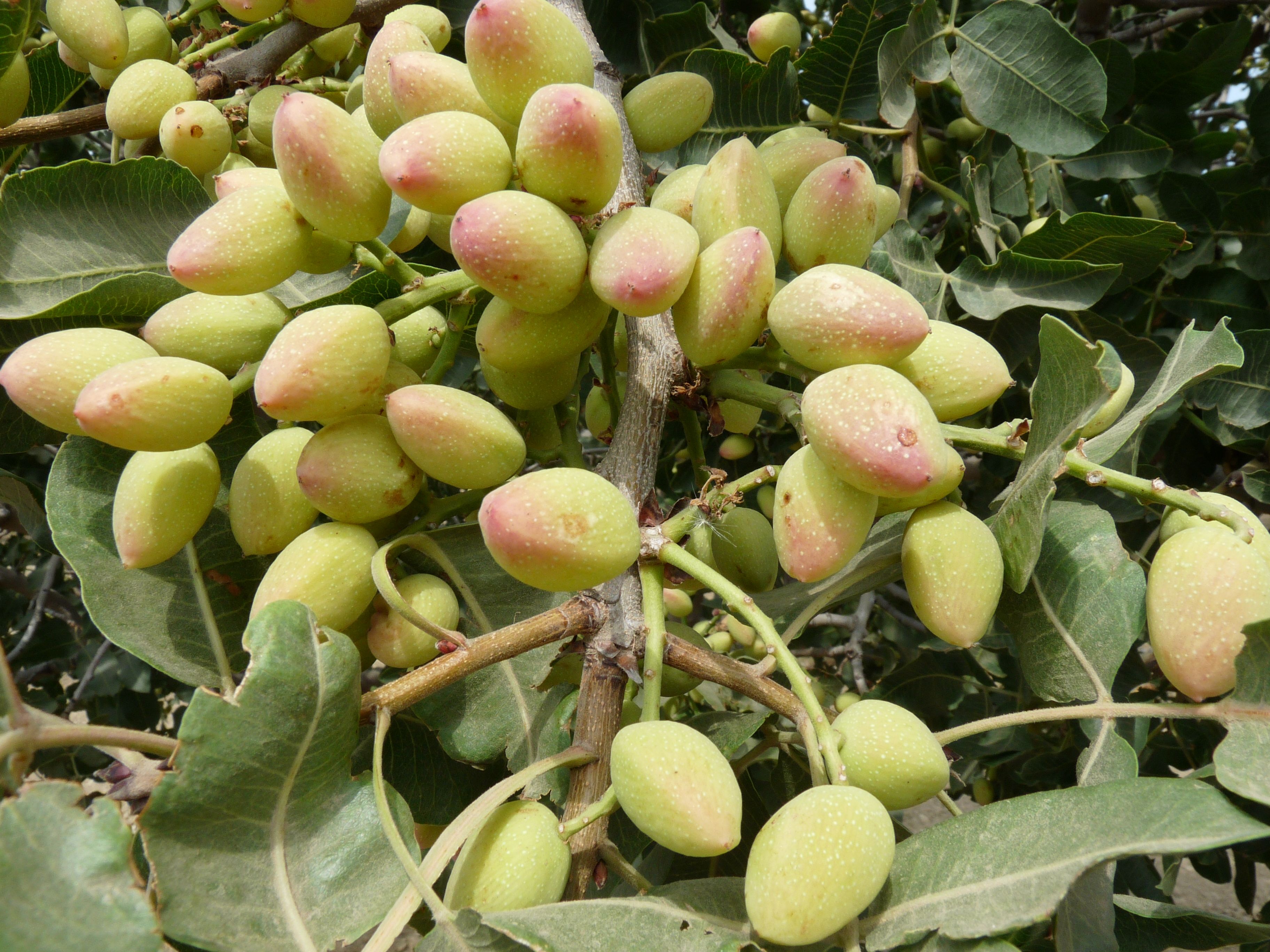Western United Dairymen Calls on Congress to Address Farm Labor Crisis
Call to Address Farm Labor Crisis, along with E-Verify Legislation
Together with the Agriculture Workforce Coalition (AWC), Western United Dairymen (WUD) called on Congress TODAY to enact legislation that would address the farm labor crisis faced by American agriculture before implementing a mandatory E-Verify system.
The call came via the testimony of Chuck Conner, president and CEO of the National Council of Farmer Cooperatives (NCFC), a member of the AWC, during a hearing of the House Judiciary Subcommittee on Immigration and Border Security. Subcommittee Chairman Trey Gowdy (R-S.C.) called the hearing to examine The Legal Workforce Act (H.R. 1772), legislation introduced during the previous Congress. The measure would mandate the use of the E-Verify system by employers to confirm the legal status of prospective employees.
“Mandatory E-Verify without addressing agriculture’s broader labor crisis would be devastating. As an industry, we recognize interior enforcement is needed; it just cannot be decoupled from addressing agriculture’s workforce concerns,” Conner testified. “Let me be very clear: the agricultural industry would be forced to oppose any E-Verify legislation that does not also address the agricultural workforce crisis.”
Conner noted that an estimated 70 percent of hired farm workers lack proper authorization to work in the United States, despite providing authentic-looking documents to employers. In addition, the only guest worker program available to agriculture, H-2A, is so cumbersome and divorced from the market-based needs of agriculture, that it provides just 7 percent of the workers needed by farmers and ranchers.
The vast majority of America’s farmers fully comply with the law. But the system created by Congress in 1986 is vulnerable to the use of false documents. “Employers, including farmers, are not experts in spotting false documents,” Conner said. “So long as a solution is in place to ensure access to a legal and stable workforce, including our current, experienced workersboth year-round and seasonalfarmers would welcome a verification system that is simple, efficient and certain.”
WUD is a voluntary membership organization representing more than 60% of the milk produced in California. Membership benefits include resources in labor law, environmental regulations and pricing issues. Members decide the direction of state and federal legislative efforts affecting the dairy industry.
The Agriculture Workforce Coalition (AWC) unites over 70 organizations representing the diverse needs of agricultural employers across the country. AWC serves as the unified voice of agriculture in the effort to ensure that Americas farmers, ranchers and growers have access to a stable and secure workforce. Western United Dairymen is a key member of the AWC steering committee.


























